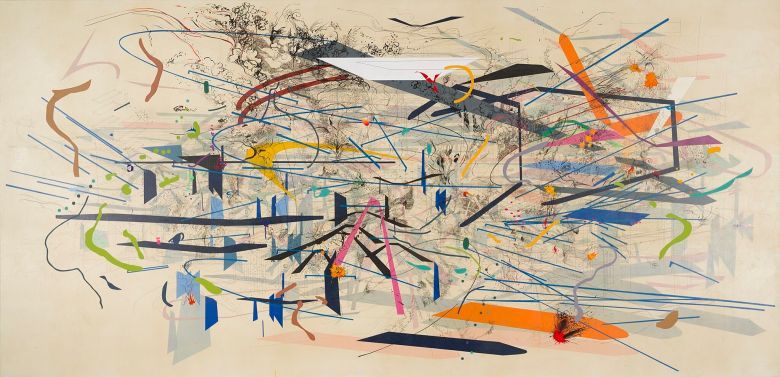In the fast-paced world of the 21st century, digital art has become a prominent medium for creative expression. From stunning illustrations to immersive virtual reality experiences, technology has allowed artists to push the boundaries of traditional art forms. In this article, we will explore some of the most influential digital art styles that have defined the 21st century.
1. Hyperrealism
Hyperrealism is a digital art style that aims to create lifelike images that are almost indistinguishable from photographs. Artists use advanced digital tools such as graphic tablets and software like Adobe Photoshop to create highly detailed and realistic artworks. Hyperrealism artists pay close attention to detail, texture, and lighting to create stunning visuals that blur the line between reality and art.
2. Abstract Art
Abstract art has been a popular style throughout the 20th century, and it has continued to evolve in the digital realm. Digital tools have allowed artists to experiment with new techniques and create intricate, abstract artworks that would have been impossible to achieve using traditional methods. From vibrant geometric shapes to fluid, organic forms, digital abstract art pushes the boundaries of what is possible in the art world.
3. Cyberpunk
Cyberpunk is a futuristic digital art style that draws inspiration from science fiction, technology, and cyberculture. Artists often create dystopian cityscapes, neon-lit streets, and high-tech gadgets in their work. The cyberpunk aesthetic is characterized by its gritty, industrial look and its exploration of the impact of technology on society. Cyberpunk art often features a blend of organic and mechanical elements, creating a visually striking and immersive experience for viewers.
4. Augmented Reality
Augmented reality (AR) is a digital art style that blends the physical and virtual worlds. Artists use AR technology to create interactive, immersive experiences that transform the viewer’s environment. AR artworks can range from virtual sculptures that appear to float in mid-air to animated paintings that come to life when viewed through a smartphone or tablet. Augmented reality pushes the boundaries of traditional art forms and challenges viewers to think about the relationship between art and technology.
5. Pixel Art
Pixel art is a retro digital art style that harkens back to the early days of computer graphics. Artists create images using pixels, the small, square elements that make up digital images. Pixel art is characterized by its blocky, low-resolution look and its use of limited color palettes. Despite its simple appearance, pixel art can be incredibly detailed and expressive, with artists using each pixel to create intricate designs and characters.
6. Virtual Reality
Virtual reality (VR) is a cutting-edge digital art style that allows artists to create immersive, three-dimensional worlds that viewers can explore using VR headsets. VR art can range from interactive installations to fully immersive, virtual environments that transport viewers to alternate realities. Virtual reality art challenges traditional notions of space and perspective, allowing artists to create experiences that are truly unique and unforgettable.
7. Glitch Art
Glitch art is a digital art style that celebrates imperfection and error. Artists intentionally introduce glitches, bugs, and other digital artifacts into their work to create unexpected and visually striking results. Glitch art is a reflection of the digital age, where technology is constantly evolving and changing. Glitch artists embrace the unpredictability of digital tools and use them to create artworks that are dynamic, surreal, and thought-provoking.
As we continue to advance technologically, digital art styles will continue to evolve and redefine the boundaries of creativity. From hyperrealism to glitch art, the 21st century has seen a diverse range of digital art styles that challenge viewers to think differently about the world around them. These art styles are just a glimpse of the incredible possibilities that technology offers artists, and we can’t wait to see what the future holds for digital art in the years to come.
